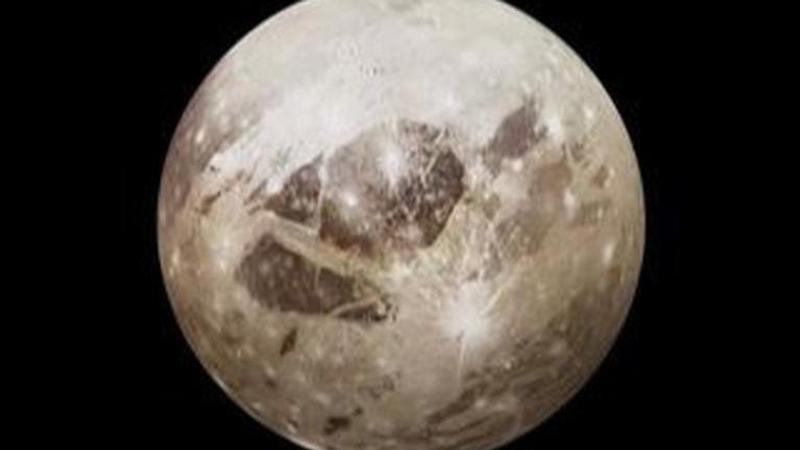Published 15:45 IST, December 20th 2021
NASA releases 'cosmic' audio of Jupiter's Moon Ganymede made from Juno spacecraft data
NASA's Juno spacecraft, which recently made a close flyby of Jupiter's moon Ganymede, has recorded a 'dramatic' audio clip of the icy orb.

NASA's Juno spacecraft, which recently made a close flyby of Jupiter's moon Ganymede, has recorded a 'dramatic' audio clip of the icy orb. Released by NASA's Jet Propulsion Laboratory, the 50-second audio track was generated using Juno's Waves instrument. According to the agency, the instrument collects data on electric and magnetic radio waves produced in Jupiter’s magnetosphere and was converted into audio by changing their frequency. You can listen to the recording below.
More about the audio track
The audio track has been generated after Juno's flyby of Ganymede, which was conducted on June 7, 2021, when the spacecraft was within 1,038 kilometers from the moon's surface. Juno Principal Investigator Scott Bolton said according to JPL, "This soundtrack is just wild enough to make you feel as if you were riding along as Juno sails past Ganymede for the first time in more than two decades. He added that one can also listen and identify a change into higher frequencies around the midpoint of the recording, which points to the entry of the spacecraft into a different region in Ganymede's magnetosphere.
Waves investigation's lead co-investigator William Kurth, on the other hand, suggested that the change in frequency might have resulted due to Juno's passing from the nightside to the dayside of Ganymede. These data were collected during the spacecraft's 34th mission where it swooshed past Ganymede at a speed of 67,000 kilometers per hour.
The Juno spacecraft
The spacecraft lifted off from NASA's Cape Canaveral Air Force Station on August 5, 2011, with an aim to study Jupiter's magnetosphere, its composition, and its atmosphere as a whole. However, Juno has been in Jupiter's orbit for the last five years and has allowed scientists to produce the most detailed map of Jupiter's magnetic field. As per NASA, the goal of the spacecraft was to enter orbit around the planet and use its suite of scientific instruments and cameras to observe Jupiter’s atmosphere, gravity and magnetic fields.
(Image: NASA)
Updated 15:45 IST, December 20th 2021



